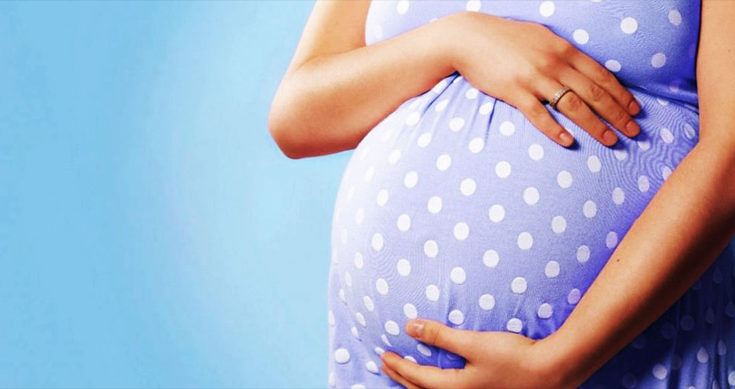London: Would be mothers who are exposed to toxic chemicals during pregnancy could increase the risk of decreased lung functioning in their babies later, finds a new study published in The Lancet journal.
Researchers from the Global Health Institute in Spain (ISGlobal) looked at data from 1,033 mother-child pairs and found links between prenatal exposure to parabens, phthalates and perfluoroalkyl substances (PFAS) and reduced lung function in children.
PFAS are found in many household products and food packaging, such as non-stick or stain-resistant cookware.
PFAS can be absorbed by the organism through food or water and then be passed to the unborn baby through the placenta.
“These findings have important implications for public health. Preventive measures to reduce exposure to the chemical substances identified, including a stricter regulation and the labelling of consumer products to better inform the public, could help prevent lung function impairment in childhood and benefit health in the long-term,” said Martine Vrijheid, research professor at the varsity.
The team analysed data from from six European countries — Spain, France, Greece, the United Kingdom, Lithuania and Norway. They measured 85 exposures during pregnancy and 125 during childhood, relating to outdoor, indoor, chemical and lifestyle factors. Lung function was measured by spirometry in children at 6 and 12 years of age.
The results show prenatal exposure to two types of PFAS, PFOA and PNFA, was associated with a decrease in lung function.
In addition, the researchers identified 9 exposures to DEHP (di(2-ethylhexyl)phthalate and DINP (Diisononyl phthalate) — used as plasticiser and can be ingested, inhaled or absorbed through the skin — which showed strongest associations with impairment in lung function.
Furthermore, an association was also found with ethyl-paraben, a compound used in cosmetics, and with copper, which is ingested mainly through drinking water and diet.
“Reducing exposure to these ubiquitous chemicals could help prevent development of chronic respiratory disease,” the study noted.
IANS

